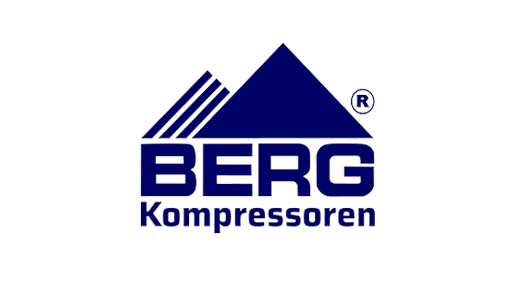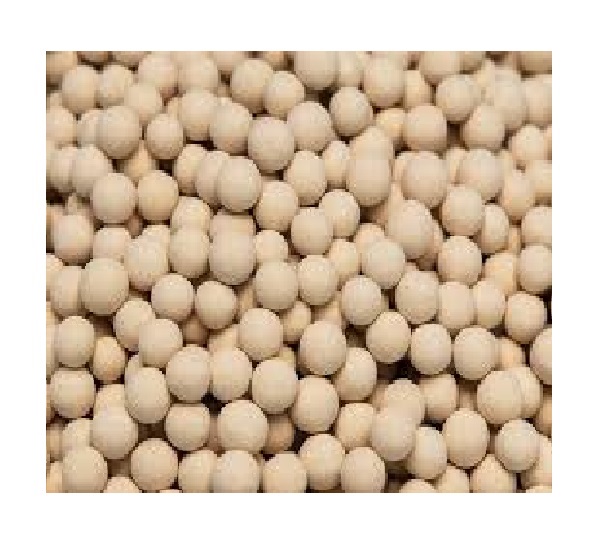Adsorption
Molecular Sieves for elimination of trace contaminants - ZEO® 13X
Net €8.30
€9.88*
ZEO® 13X
Items
Value
1.2 - 2 mm
Beads Size Range
nominal, mm
approx. mesh size
1.2 – 2.0
10 x 16
Bulk Density
compacted, g/l
655 - 700
Attrition (% wt.)
wt.-%
max. 0.2
Crush Strength
N/bead
min. 10
Moisture Content
as delivered, wt.-%
max. 1.0
Water Adsorption Capacity*
55 % rel. hum.,
20 °C, wt.-%
min. 26.5
CO2 Adsorption Capacity*
at 2.4 mbar CO2 pressure at 25 °C
cm3 (STP) / g
min. 24.0
Regeneration:Regeneration of molecular sieve 13X may be carried out by increasing the temperature and/or reducing the
pressure or using a suitable purge gas, resp. The regeneration mode to be used, however, always depends on the
particular conditions of the application case. Especially the possibly limited stability of a certain molecular sieve
against thermal and hydrothermal exposure needs be taken into consideration. In the case of doubt please contact
our technical service staff. Standard packaging:650kg, net weight Big Bag with inliner 135kg, net weight steel drum
Downloads
DATASHEET ZEO®13 , PDF( Size: 800 KB )
Technical DATASHEET Zeolite , PDF( Size: 110 KB )
Technical DATASHEET Zeolite , PDF( Size: 50 KB )
Carbon Molecular Sieves for gas separation - CMS® 360
Net €18.20
€21.66*
CMS® 360
Diameter 1,3 mm / Diameter 1,8 mm
Specifications
Unit
Description
Shape
cylindrical
Color
Black
Particle size
mm
1,3 ±0,2 / 1,5 ±0,2 / 1.8 ±0,2
Loss on drying
wt.-%
1.0 max.
Bulk Density
g/ml
0.64 - 0.66
Hardness
wt.-%
98.0 min
Carbon molecular sieves (CMS) are a type of adsorbent material that is used for
gas separation/ Nitrogen Extraction
. They are particularly effective for separating nitrogen from other gases, such as oxygen and carbon dioxide. CMS works by selectively adsorbing certain gases while allowing others to pass through, making it useful for applications such as nitrogen extraction. In the process of nitrogen extraction, CMS can be used to separate nitrogen from air or other gas mixtures, producing a high-purity nitrogen stream. This is often used in industrial applications such as food packaging, electronics manufacturing, and chemical processing. The use of CMS for gas separation and nitrogen extraction offers several advantages, including high selectivity, low energy consumption, and the ability to produce high-purity gases. This makes it a popular choice for various industrial and commercial applications where gas separation and purification are required.Standard packaging:137 kg, net weight plastic drum20 kg, net weight plastic drumm
Downloads
DATASHEET cms®360 , PDF( Size: 800 KB )
Carbon Molecular Sieves for Nitrogen Extraction - CMS 330
Net €15.70
€18.68*
CMS 330
Diameter 1.0 mm
Resource base:
high microporous carbon
Particular qualities:
very high separation rates and reliability
low dust, homogeneous in grain size
Application:extraction of nitrogen from the air
depletion of carbon dioxide from methane
production of ethylene from mixed gases
for high productivity Nitrogen PSA
Specifications
Unit
Description
Shape
cylindrical
Color
black
Particle size
mm
1,0 ±0,2
Loss on drying
wt.-%
1.0 max.
Bulk Density
g/ml
0.64 - 0.66
Hardness
wt.-%
98.0 min
PSA performance 99.5% Nitrogen 20°C, 0,8 mpa
Cycle time/sec*
Sec
40
Recovery, Nitrogen/Air*
%
49
Productivity, /Nitrogen*
330
* Testing Method BERG - internal method The typical product properties are based on average values from current production. The specification data represent our standard product specifications.
What is the difference between Carbon Molecular Sieves CMS 260 with CMS 330?The main difference between Carbon Molecular Sieves CMS 260 and CMS 330 lies in their pore size and adsorption properties. CMS 260 typically has a smaller pore size compared to CMS 330, which means it is more selective for smaller molecules such as nitrogen. This makes CMS 260 well-suited for applications where low-purity nitrogen is required, as it can effectively separate nitrogen from other gases, such as oxygen and carbon dioxide. On the other hand, CMS 330 has a larger pore size, which allows it to adsorb a wider range of molecules. This makes it suitable for applications where a broader range of gases needs to be separated in high purified. In summary, the key difference between CMS 260 and CMS 330 lies in their pore size and selectivity, with CMS 260 being more selective for smaller molecules like nitrogen, while CMS 330 has a broader adsorption capacity. The choice between the two types of CMS depends on the specific gas separation requirements of the application.Standard packaging:137 kg, net weight plastic drum20 kg, net weight plastic drumm
Downloads
DATASHEET cms®330 , PDF( Size: 800 KB )
activated carbon nominal diameter 4 mm - active® gc
Net €13.50
€16.06*
active® gc
Specifications
Unit
Value
Test method
pellet diameter > 3,9 mm
wt.-%
>96
NEC HM 01
Bulk density, compacted
kg/m³
520 ±20
DIN EN ISO 787 part 11
BET - surface
m2/g
> 900
DIN 66 131
hardness (abrasion hardness)
wt.-%
> 98
NEC HM 03
moisture – at packing
wt.-%
7
DIN 51718
Standard packaging:ca. 500kg Big-Bag on Pallet
Downloads
DATASHEET active®gc , PDF( Size: 800 KB )



